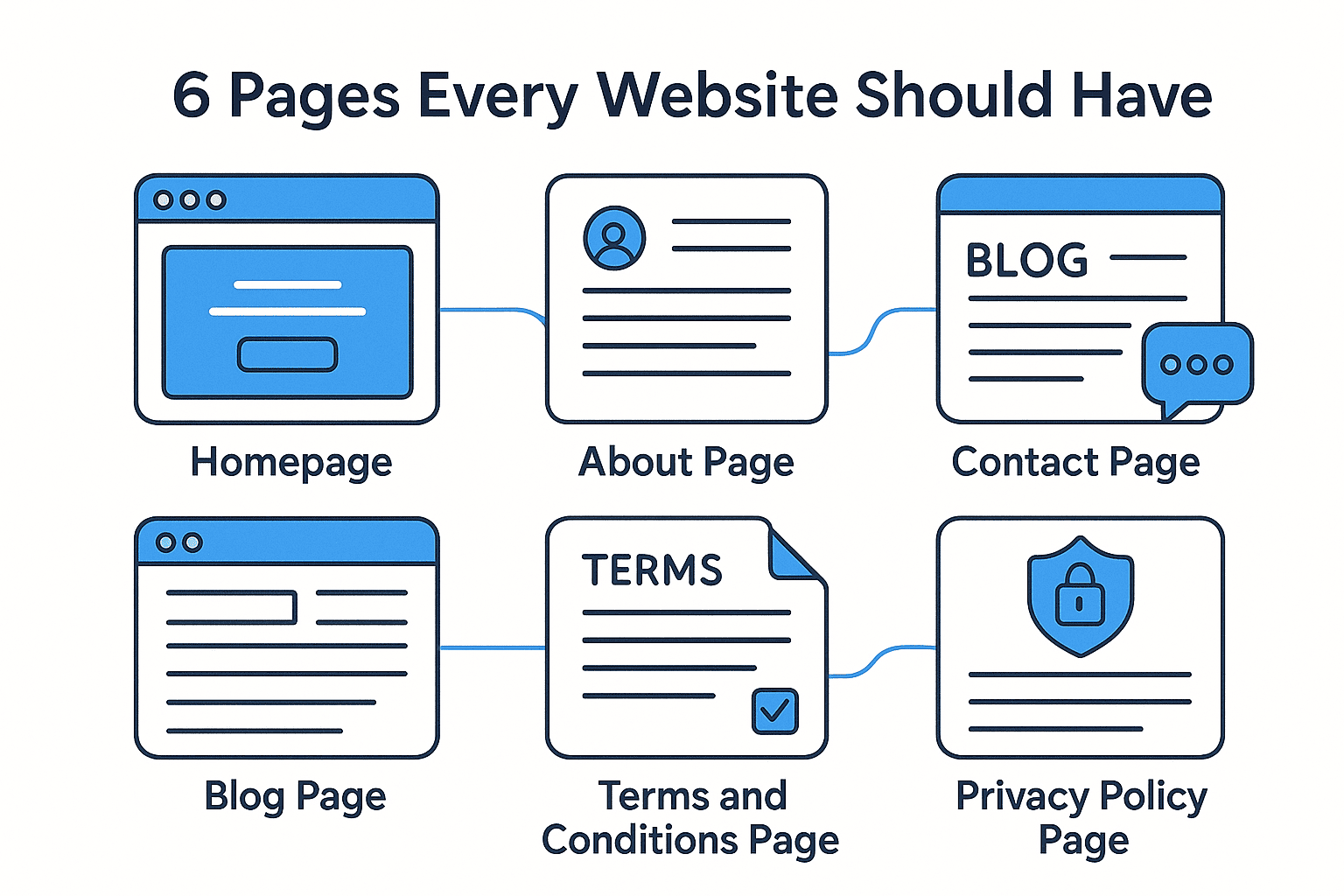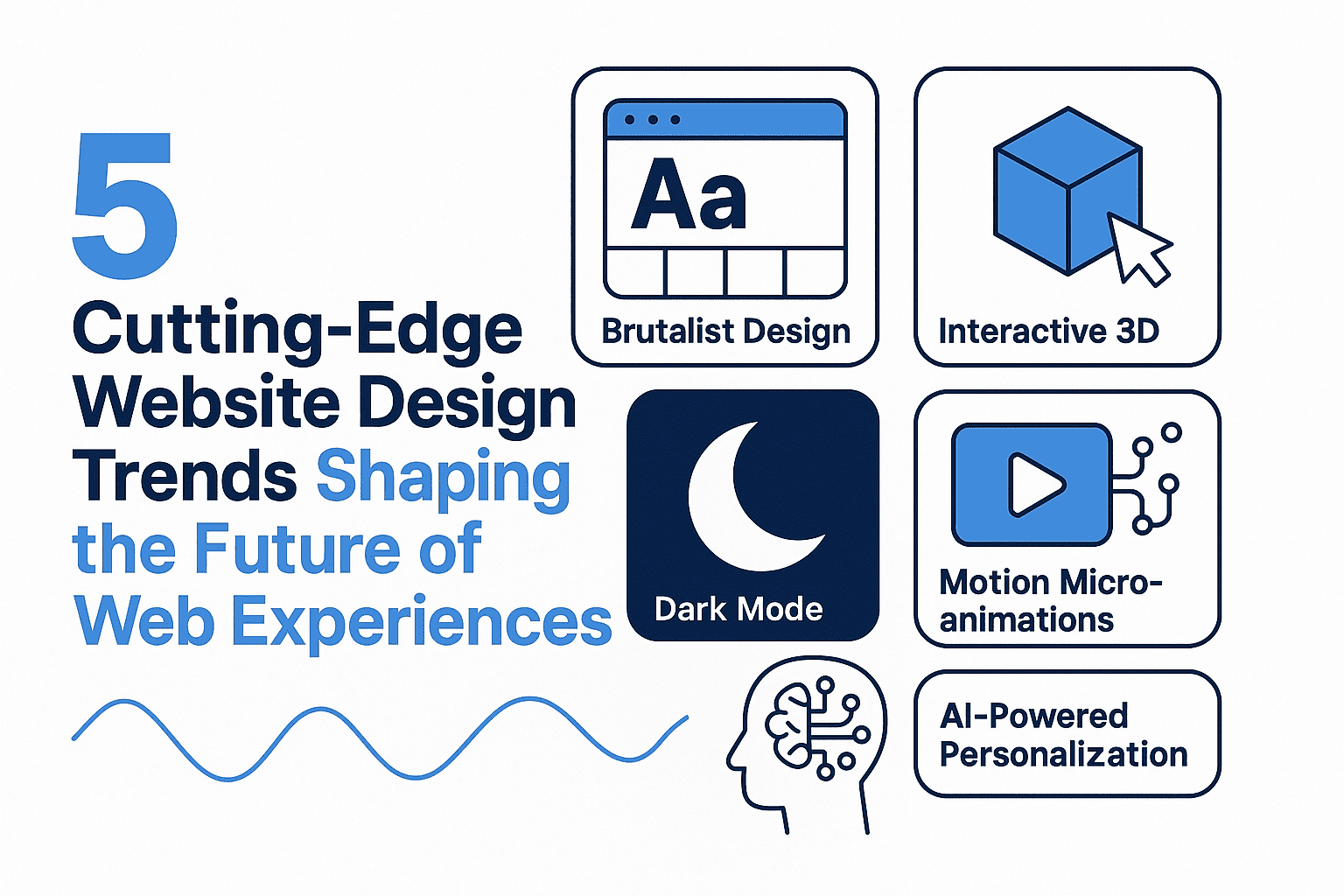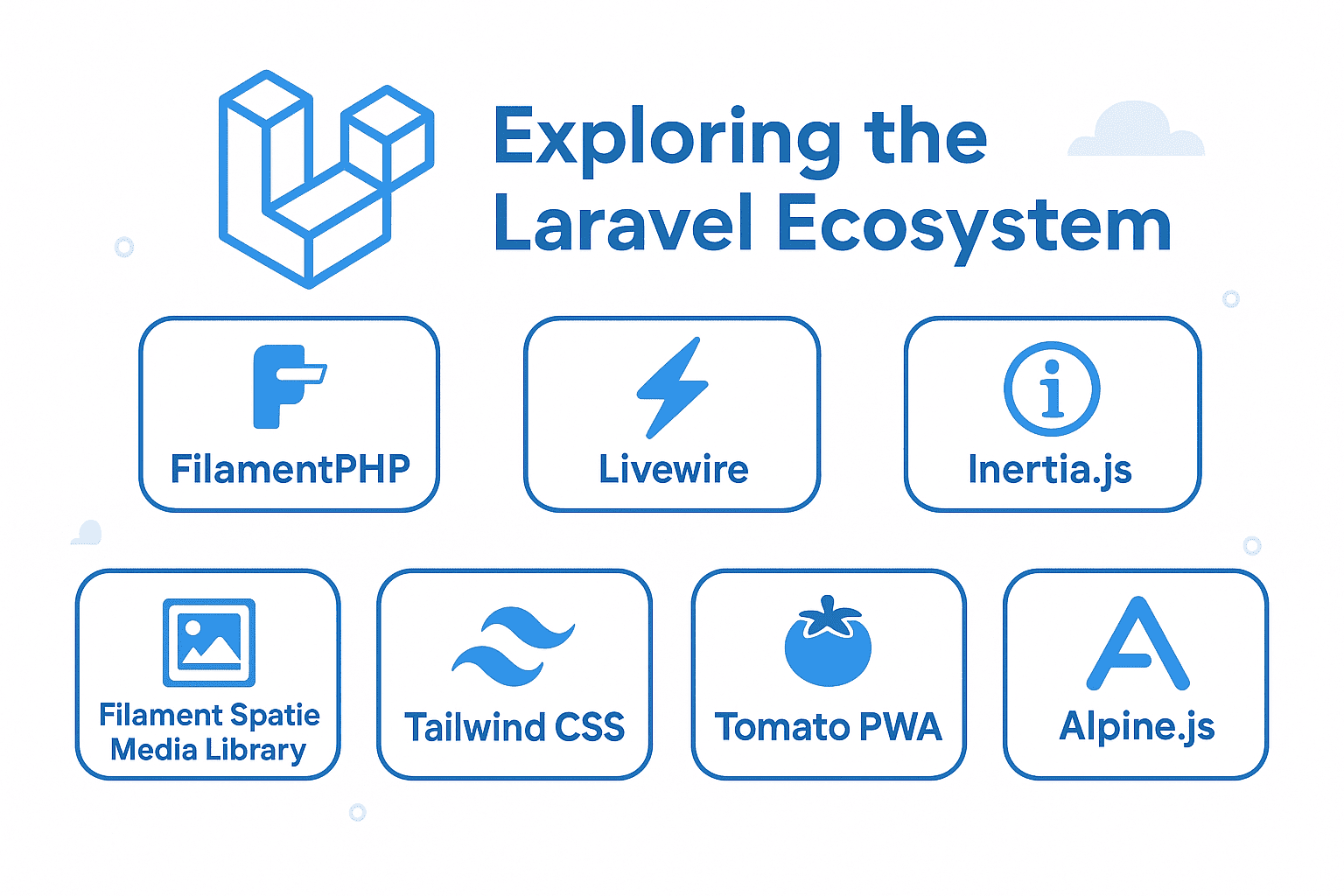Every website should have its own identity and content that reflect who is behind it, but certain pages are essential to ensure a seamless and meaningful user experience for visitors. In this article, we’ll explore the 6 pages every website should have to provide the best experience for everyone who visits.
1. Homepage
What it is: The homepage is the first page visitors see when they land on your website. It serves as a gateway to all other content and should clearly communicate the purpose of your site.
What it’s used for: To introduce your brand, highlight key services/products, and guide users to other important sections of the site.
Why it’s important: The homepage is your digital storefront—it needs to be engaging, informative, and easy to navigate. A strong homepage can reduce bounce rates and increase user engagement by quickly addressing what visitors are looking for.
What is the most important content this page should have:
- A clear value proposition (e.g., "We build scalable web solutions for startups").
- High-quality visuals or a hero section that reflects your brand.
- Navigation menu linking to other key pages (About, Services, Blog, etc.).
- Call-to-action buttons (e.g., "Contact Us," "View My Portfolio").
2. About Page
What it is: The About page introduces your business, team, or personal brand and explains what you do. It humanizes your website by sharing your story.
What it’s used for: To build trust, showcase your expertise, and explain why your audience should care about your services or content.
Why it’s important: Visitors want to know who you are and what motivates you before they engage with your offerings. A well-crafted About page reduces uncertainty and builds credibility, especially for new audiences or potential clients.
What is the most important content this page should have:
- A brief introduction to your brand or team (e.g., "Hi, I’m [Name], a full-stack developer passionate about building beautiful solutions").
- Your mission or values (e.g., "We believe in transparency, innovation, and user-centric design").
- A short history or background (e.g., how you started your business or developed your skills).
- Photos or videos of your team (if applicable) to add a personal touch.
3. Contact Page
What it is: The Contact page is your website’s direct line of communication with visitors. It provides details on how to reach out, whether you’re a business or an individual.
What it’s used for: To make it easy for users to get in touch with you, whether they have questions, need support, or want to collaborate.
Why it’s important: A Contact page is essential for converting leads into customers or clients. Without one, visitors may leave your site without knowing how to connect with you.
What is the most important content this page should have:
- Your email address, phone number, and physical address (if applicable).
- A contact form that captures user details (name, email, message) and includes spam protection.
- Map integration if you have a physical location (e.g., Google Maps).
- Links to your social media profiles or portfolio (if relevant).
4. Blog Page
What it is: A Blog page is where you share updates, tutorials, insights, or industry news related to your niche. It’s a great way to establish authority and keep your audience engaged.
What it’s used for: To provide value to your readers, showcase your expertise, and drive organic traffic through SEO.
Why it’s important: A blog helps position you as a thought leader in your field and keeps visitors returning to your site. Search engines also favor fresh, relevant content, improving your website’s visibility in search results.
What is the most important content this page should have:
- A list of blog posts with titles, dates, and brief summaries.
- Categories or tags to help users find specific topics (e.g., "React," "Web Design").
- A search bar to make it easy for users to find specific posts.
- Links to your social media or newsletter (optional) to encourage subscriptions.
5. Terms and Conditions Page
What it is: The Terms and Conditions page outlines the rules, restrictions, and legal agreements for using your website or services.
What it’s used for: To clarify how users interact with your site and what they agree to by accessing it.
Why it’s important: For businesses, this page is legally required (especially if you collect user data or offer paid services). It protects both you and your visitors by setting clear expectations.
What is the most important content this page should have:
- A clear explanation of your website’s usage policies.
- Information on user responsibilities (e.g., not sharing personal data).
- Disclaimers for any risks or limitations of use.
- A link to your Privacy Policy (if applicable).
6. Privacy Policy Page
What it is: The Privacy Policy page explains how your website collects, uses, and protects user data.
What it’s used for: To inform visitors about your data practices and comply with regulations like GDPR or CCPA.
Why it’s important: If your website handles personal information (e.g., contact forms, email signups), a Privacy Policy is essential for legal compliance and to build trust.
What is the most important content this page should have:
- A summary of how you collect and store user data.
- Details on your data-sharing practices (if any).
- Information on how users can access or delete their data.
- A statement about your commitment to privacy and security (e.g., encryption methods).
These six pages form the backbone of any successful website. They help visitors understand who you are, what you offer, and how to engage with your brand. By prioritizing these pages, you create a cohesive experience that builds trust, improves SEO, and drives long-term success. If you’re building your own portfolio or starting a business website, make sure each of these pages reflects your unique identity and goals.
Need help setting up these pages on your site? Contact me and let’s build it right.



